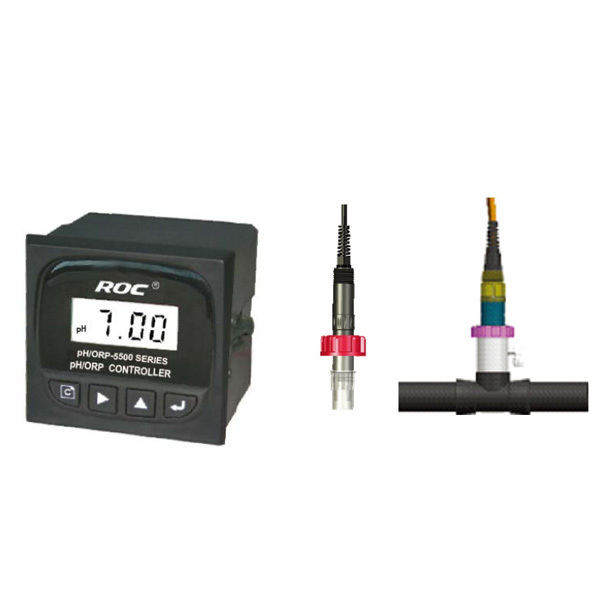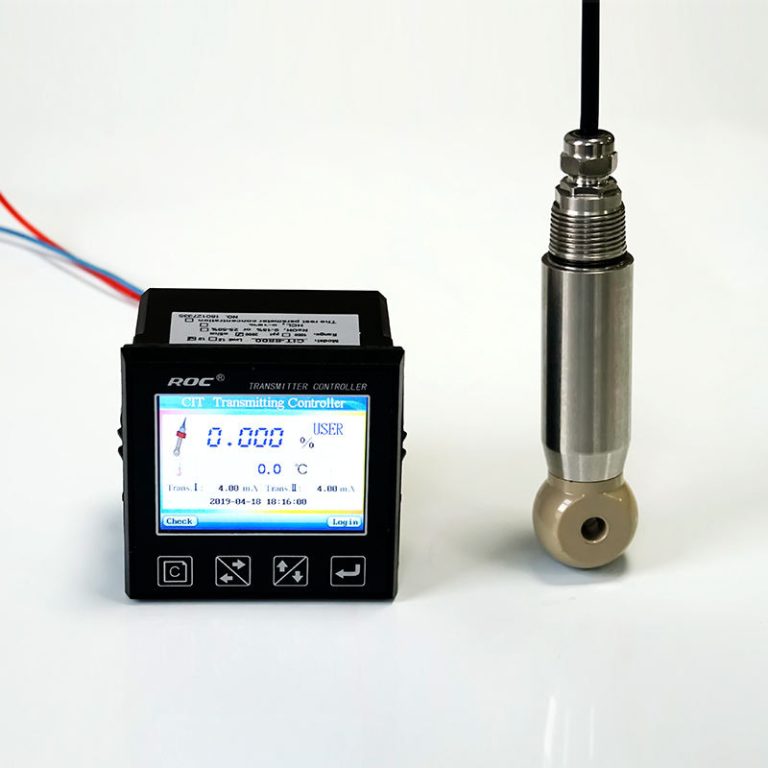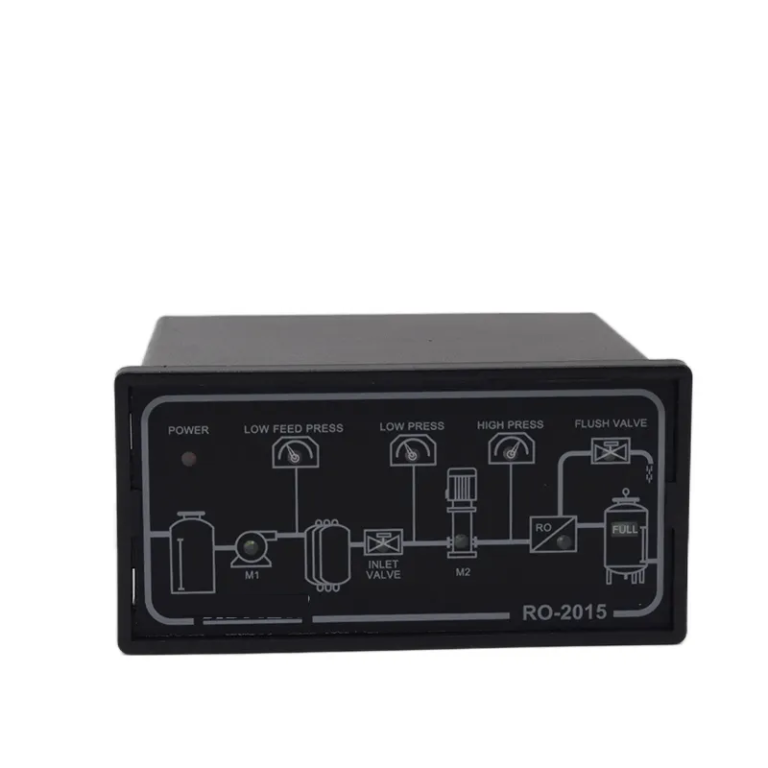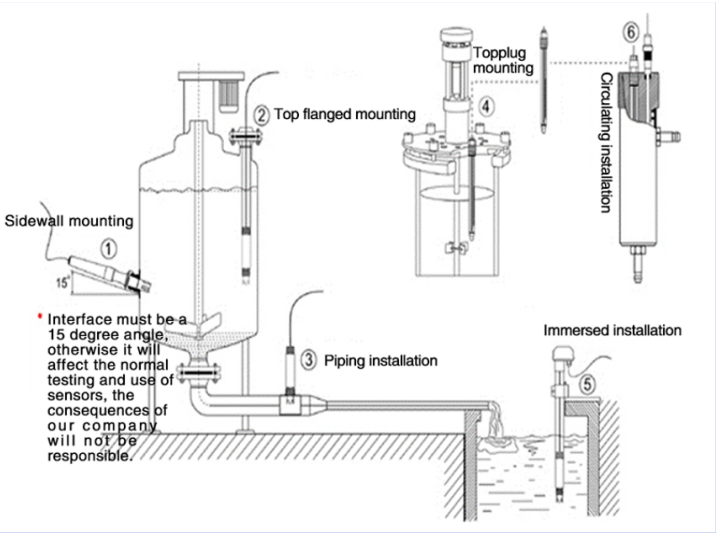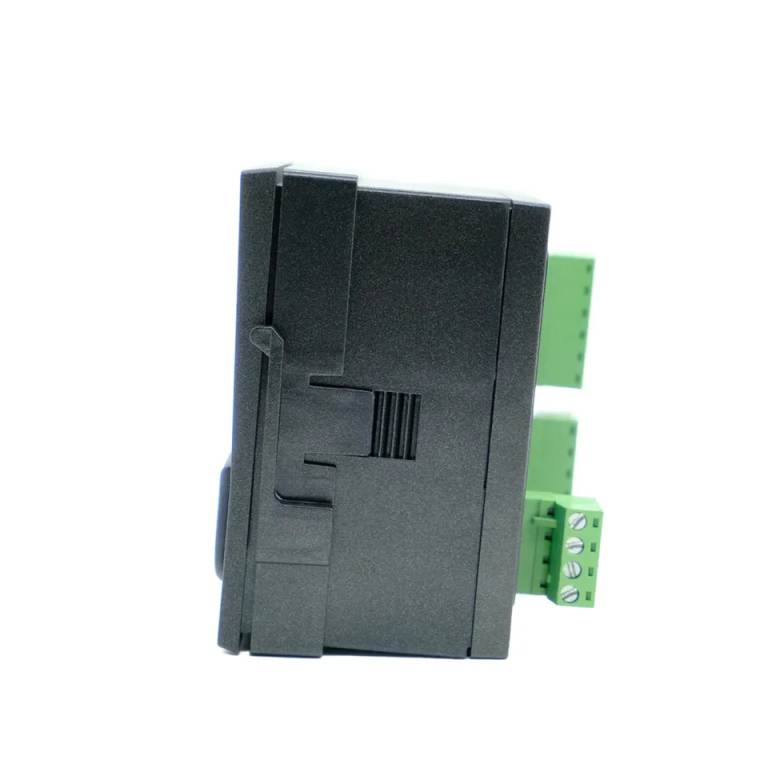Benefits of Using a wireless optical dissolved oxygen sensor in Water Quality Monitoring
Water quality monitoring is a crucial aspect of environmental management, as it helps to ensure the safety of our water resources for both human consumption and aquatic life. One key parameter that is often monitored in water quality assessments is dissolved oxygen levels. Dissolved oxygen is essential for the survival of aquatic organisms, as it is necessary for respiration and other metabolic processes. Traditionally, dissolved oxygen levels have been measured using cumbersome and time-consuming methods, such as the Winkler titration method. However, recent advancements in sensor technology have led to the development of wireless optical dissolved oxygen sensors, which offer a more efficient and accurate way to monitor dissolved oxygen levels in water bodies.
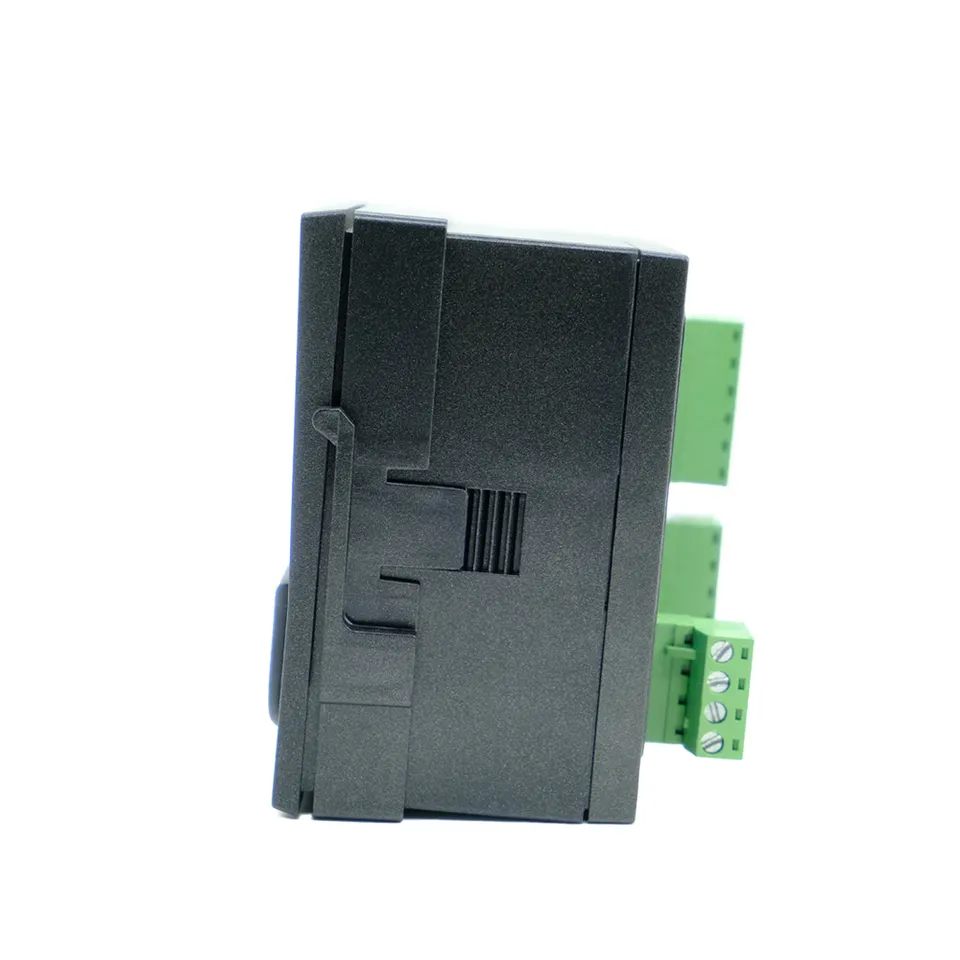
One of the main benefits of using a wireless optical dissolved oxygen sensor is its ease of use. These sensors are compact and lightweight, making them easy to deploy in various water bodies, such as lakes, rivers, and reservoirs. Additionally, wireless sensors can be easily integrated into existing monitoring systems, allowing for real-time data collection and analysis. This real-time monitoring capability is particularly useful for detecting sudden changes in dissolved oxygen levels, which could indicate pollution events or other environmental disturbances.
Another advantage of wireless optical dissolved oxygen sensors is their high accuracy and reliability. These sensors use optical technology to measure dissolved oxygen levels, which eliminates the need for chemical reagents and reduces the risk of human error. Optical sensors are also less prone to fouling and drift, ensuring that the data collected is accurate and consistent over time. This high level of accuracy is essential for making informed decisions about water quality management and conservation efforts.
In addition to their accuracy and reliability, wireless optical dissolved oxygen sensors offer a cost-effective solution for water quality monitoring. Traditional methods of measuring dissolved oxygen levels can be expensive and labor-intensive, requiring frequent calibration and maintenance. In contrast, wireless sensors require minimal maintenance and calibration, reducing overall operational costs. Furthermore, the real-time monitoring capabilities of wireless sensors can help to identify and address water quality issues before they escalate, potentially saving time and resources in the long run.
Wireless optical dissolved oxygen sensors also offer a more environmentally friendly alternative to traditional monitoring methods. By eliminating the need for chemical reagents and reducing energy consumption, these sensors have a lower environmental impact compared to conventional monitoring techniques. Additionally, the data collected by wireless sensors can be easily shared and accessed online, allowing for greater transparency and collaboration among stakeholders involved in water quality management.
| CCT-5300 | |||||
| Constant | 10.00cm-1 | 1.000cm-1 | 0.100cm-1 | 0.010cm-1 | |
| Conductivity | (500\\uff5e20,000) | (1.0\\uff5e2,000) | (0.5\\uff5e200) | (0.05\\uff5e18.25) | |
| \\u03bcS/cm | \\u03bcS/cm | \\u03bcS/cm | M\\u03a9\\u00b7cm | ||
| TDS | (250\\uff5e10,000) | (0.5\\uff5e1,000) | (0.25\\uff5e100) | \\u2014\\u2014 | |
| ppm | ppm | ppm | |||
| Medium Temp. | (0\\uff5e50)\\u2103\\uff08Temp. Compensation : NTC10K\\uff09 | ||||
| Accuracy | Conductivity: 1.5%\\uff08FS\\uff09 | ||||
| Resistivity: 2.0%\\uff08FS\\uff09 | |||||
| TDS: 1.5%\\uff08FS\\uff09 | |||||
| Temp.:\\u00b10.5\\u2103 | |||||
| Temperature compensation | (0\\uff5e50)\\u2103\\u00a0with 25\\u2103 as Standard | ||||
| Analog Output | Single isolated(4\\uff5e20)mA\\uff0cinstrument/transmitter for selection | ||||
| Control Output | SPDT relay, Load capacity : AC 230V/50A(Max) | ||||
| Power Supply | CCT-5300E : DC24V | CCT-5320E : AC 220V\\u00b115% | |||
| Working Environment | Temp.\\u00a0(0\\uff5e50)\\u2103\\uff1bRelative Humidity\\u00a0\\u226485%RH(none condensation) | ||||
| Storage Environment | Temp.(-20\\uff5e60)\\u2103; Relative Humidity\\u00a0\\u226485%RH(none condensation) | ||||
| Dimension | 96mm\\u00d796mm\\u00d7105mm (H\\u00d7W\\u00d7D) | ||||
| Hole Size | 91mm\\u00d791mm (H\\u00d7W) | ||||
| Installation | \\u00a0Panel mounted, fast installation | ||||
Overall, the benefits of using a wireless optical dissolved oxygen sensor in water quality monitoring are clear. These sensors offer a more efficient, accurate, and cost-effective way to measure dissolved oxygen levels in water bodies, helping to ensure the health and sustainability of our water resources. As technology continues to advance, wireless sensors are likely to play an increasingly important role in environmental monitoring efforts, providing valuable insights into the state of our water ecosystems and guiding conservation and management strategies for years to come.

